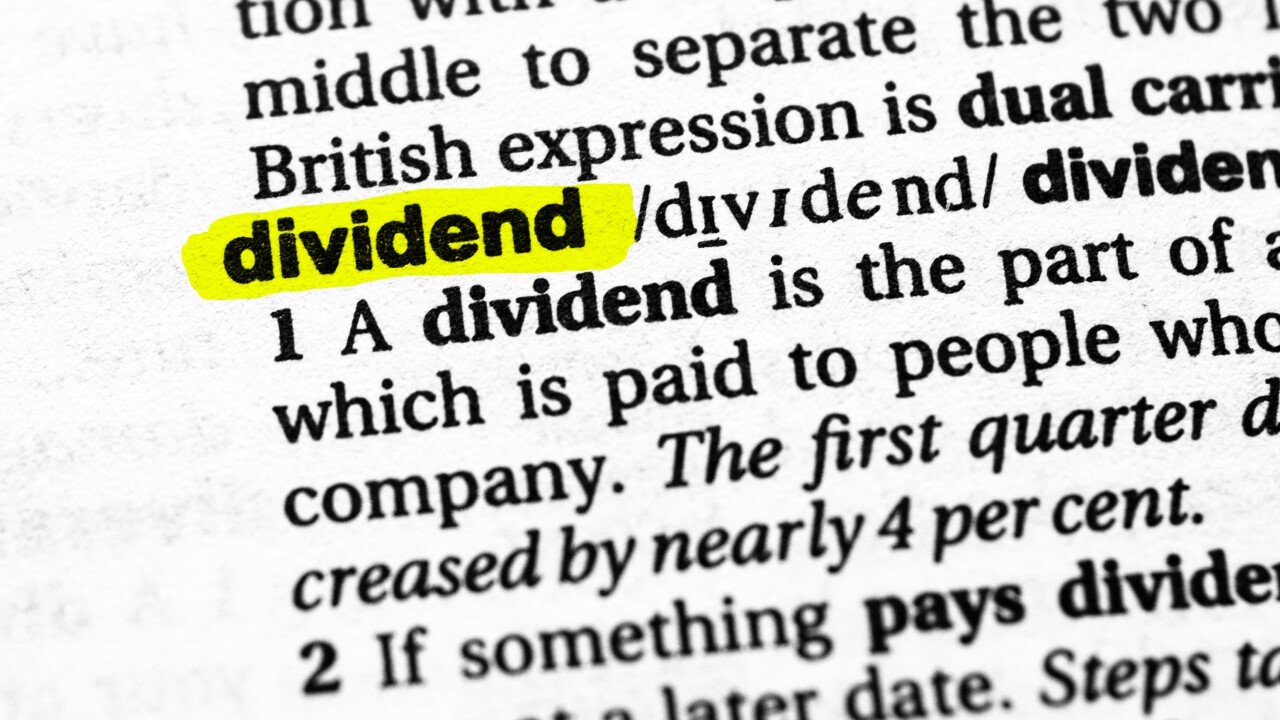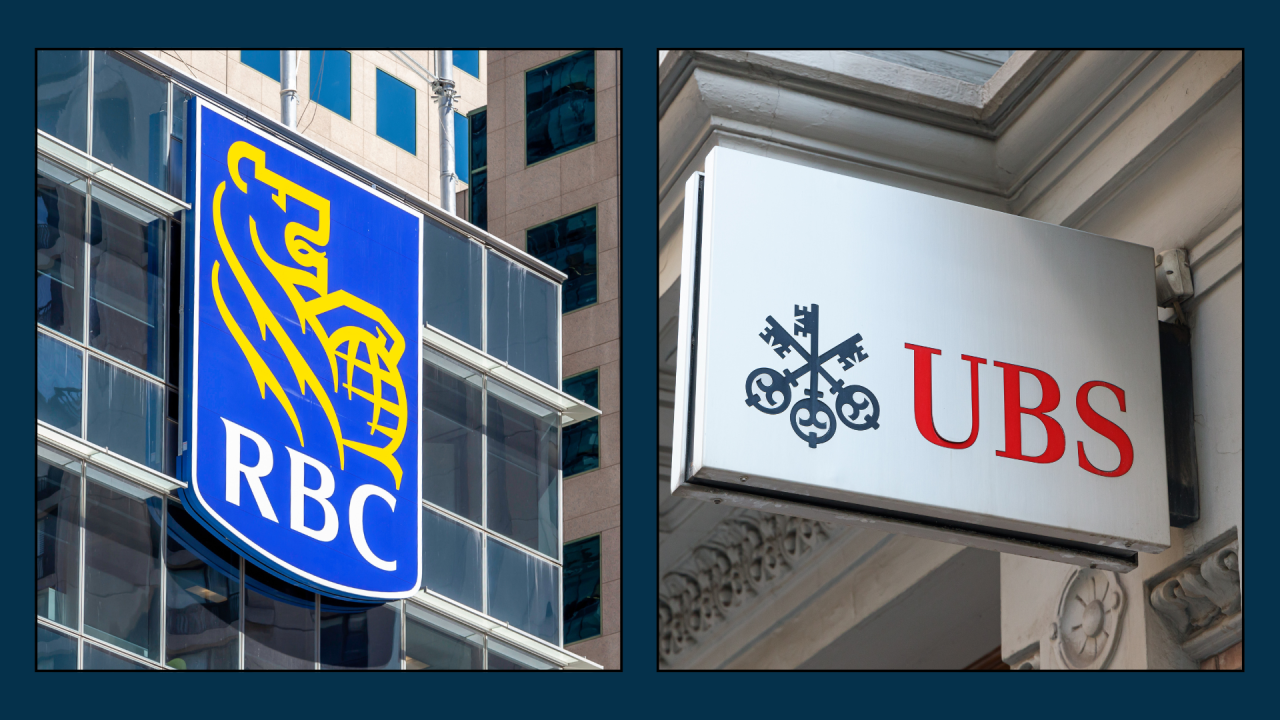The false assumption that all gains are good and any losses are bad can cost retail investors when it comes time to pay Uncle Sam.
In an investment world driven by up-to-the-millisecond headlines about stock values and the vast earnings of the most valuable global companies, financial advisors and tax professionals can forgive their clients or prospective customers for failing to keep the full impact of capital gains in mind. Toward the end of each year, though, they could delight those clients with tax savings based on avoiding a fund distribution or offsetting gains with loss harvesting — a reminder that sometimes in investing, as in life, a setback is often a blessing.
For financial planners and tax professionals, those valuable
READ MORE:
The fourth quarter marks "a great time to look at tax-loss harvesting opportunities" because, "if we've realized a lot of gains, we can now try and identify opportunities to offset them," said Adrienne Davis, a financial planner with Philadelphia-based
"When communicating with clients, we layer tax planning into
Besides the annual limits on the
"You don't know when you're going to have those loss-harvesting opportunities. If you are just reviewing them on a quarterly basis or an annual basis you
Rivals have developed their own solutions for tax-loss harvesting and the related area of distributions to fund investors. Earlier this year, competitor
READ MORE:
Say, for example, that a planner or tax professional notices that there is a large estimated gains distribution for holders of a particular mutual fund on a certain date — which could deliver a
"If you sell out before, then you wont get that capital gains distribution, so you avoid that [distribution]. However you may be taking a gain in your actual investment," Kaplan said. "One doesn't necessarily offset the other. They're two different things."
The individual clients' circumstances may affect the process as well. If they
"The mindset should be to capitalize on market downturns and sell out of stocks that you either no longer believe in or that you've been wanting to offload," she said. "This is also applicable to our clients with RSUs. If the company stock is underperforming, they could potentially sell out of those shares, taking the loss on paper, and reinvest into stocks/bonds/ETFs that have greater opportunity for appreciation."
For advisors using increasingly popular
"A risk perspective becomes very important," Milleson said. "For a lot of clients, there's an emotional attachment to a lot of these names as well."
READ MORE:
In the case of clients with mutual fund holdings in taxable accounts, they should take special care to watch out for distributions, Kaplan noted. And in every situation, advisors can provide "a lot of education that would be really helpful for the broader industry," he said.
"There are gains that get accumulated, and those gains get passed onto the client. If you're in the fund, it doesn't matter if you've been in that fund for a day or if you've been in that fund for years," he added. "Ultimately, every client is going to be having a different scenario that they should be taking into account."





